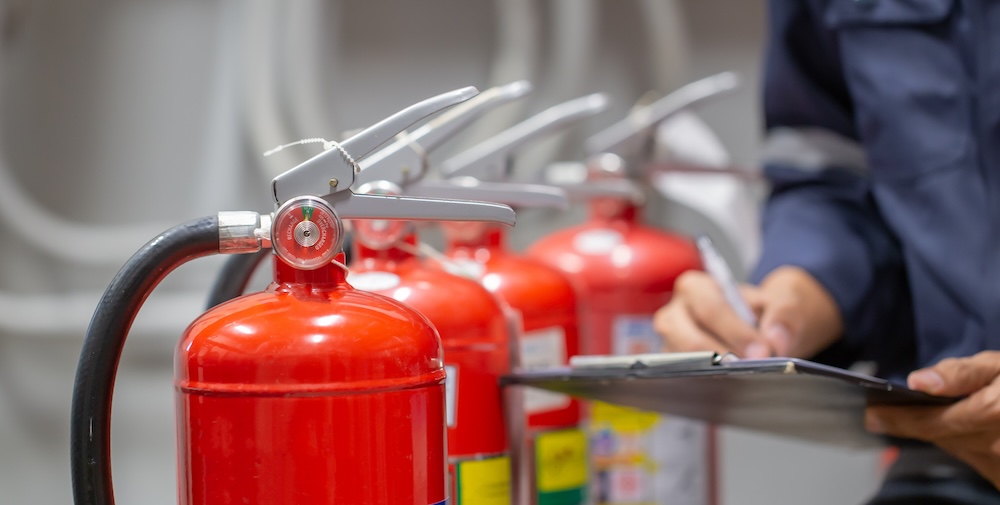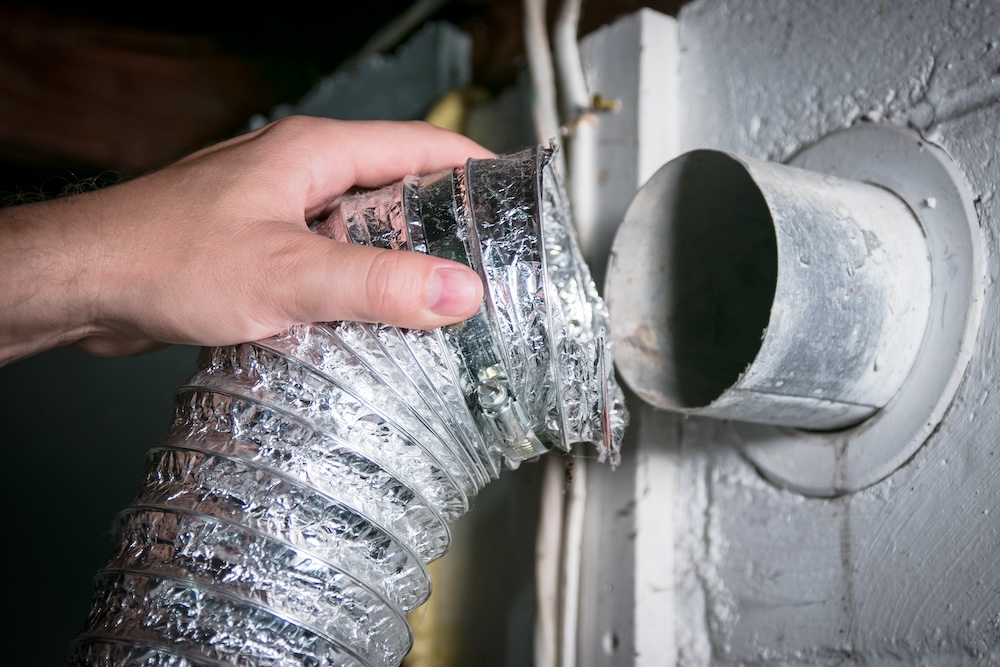Achieving high NSPIRE scores is more than just a regulatory necessity for public housing properties; it’s a strategic investment that can significantly enhance financial returns. High inspection scores directly impact multiple facets of property management, from increasing property value and reducing maintenance costs to securing essential funding and grants. Understanding and leveraging the financial benefits […]
Blocked Access to Electric Panels : NSPIRE Penalties
In the world of property management and inspections, staying updated with the latest protocols is crucial. The National Standards for the Physical Inspection of Real Estate (NSPIRE) has introduced significant changes to how HUD properties are inspected, scored, and maintained. One notable change is how blocked access to electric panels impacts inspection scoring under NSPIRE […]
Calculating Scores Under NSPIRE: A Simplified Approach
For property managers and owners dealing with HUD inspections, understanding how scoring works can often feel like deciphering a complex code. With the introduction of NSPIRE (National Standards for the Physical Inspection of Real Estate), HUD has streamlined the inspection scoring process, making it more transparent and easier to understand. This article from our inspection […]
How to Develop an Effective Maintenance Plan for NSPIRE Compliance
With the advent of the National Standards for the Physical Inspection of Real Estate (NSPIRE), maintaining HUD-insured properties has become more rigorous and structured. Property managers must adapt to these changes to ensure compliance and achieve high inspection scores. Developing an effective maintenance plan is crucial to navigating the NSPIRE landscape. This guide will help […]
Understanding Kitchen Ventilation Under NSPIRE Protocols
With the transition to NSPIRE (National Standards for the Physical Inspection of Real Estate) for HUD property inspections, several inspectable items have seen significant changes, which may not be widely discussed yet. One such crucial item is kitchen ventilation. Under the new “Ventilation” standard, the handling of kitchen exhaust systems has been clearly defined and […]
Understanding Foundation Cracks Under NSPIRE
The implementation of NSPIRE has significantly altered the way properties must prepare for REAC inspections to achieve favorable scores. Under the former UPCS protocol, ensuring that no defects were found on the Site, Building Exteriors, and Building Systems was crucial. One critical aspect of these inspections was the condition of building foundations. In the old […]
How to Handle Unexpected Issues During NSPIRE Inspections: A Practical Guide
NSPIRE (National Standards for Physical Inspection of Real Estate) inspections are designed to ensure that affordable housing properties meet rigorous safety and quality standards. However, even with thorough preparation, you can encounter unexpected issues during NSPIRE inspections and the REAC process. This practical guide aims to help property managers understand how to handle unforeseen challenges […]
How NSPIRE Inspections Enhance Tenant Safety
Ensuring tenant safety is paramount in property management, and the latest HUD standards introduced under the NSPIRE (National Standards for Physical Inspection of Real Estate) protocol aim to elevate safety measures. Today, let’s delve into how NSPIRE inspections enhance tenant safety and why these protocols matter in the realm of affordable housing and property management. […]
How Are Fire Extinguishers Handled Under NSPIRE?
Under the NSPIRE framework, managing fire safety equipment, particularly fire extinguishers, has seen some adjustments that are crucial for property managers to understand. Fire extinguishers play a pivotal role in ensuring the safety and readiness of housing units in case of fire emergencies. NSPIRE has introduced specific criteria for evaluating the adequacy of fire extinguishers […]
The Importance of Dryer Vents under the NSPIRE Standards
In the evolving landscape of property inspections, the transition from UPCS to NSPIRE standards signifies a shift towards more stringent and safety-focused evaluations. A prime example of this evolution is the heightened emphasis on “Clothes Dryer Exhaust Ventilation.” Under the UPCS framework, dryer vents were somewhat underemphasized, with defects carrying relatively minor point deductions. However, […]

















